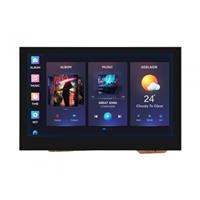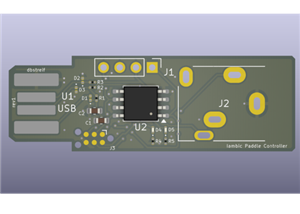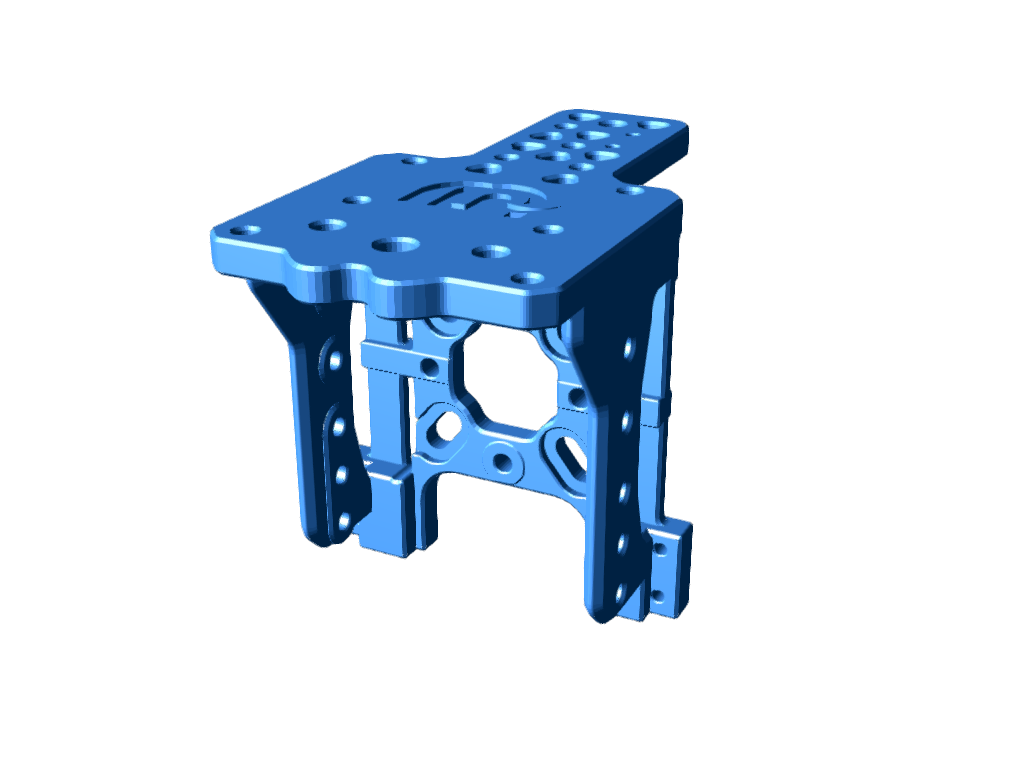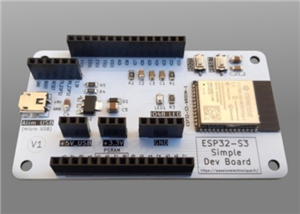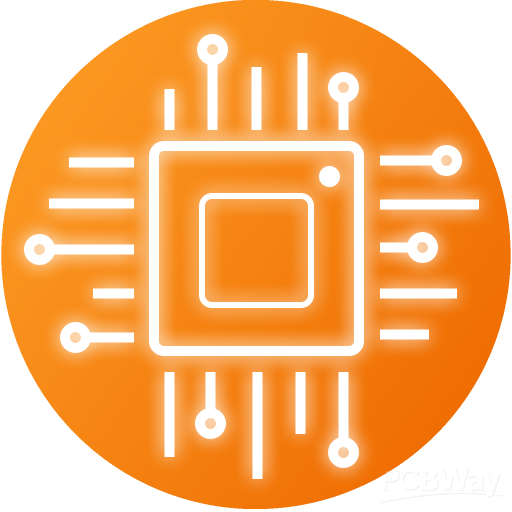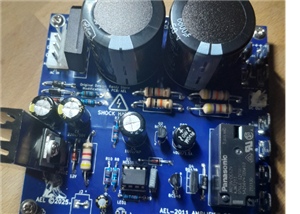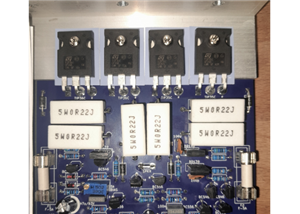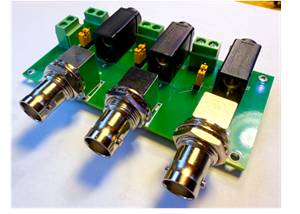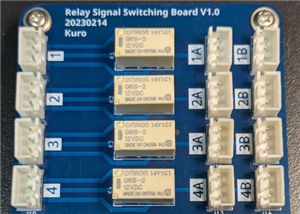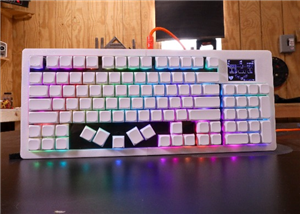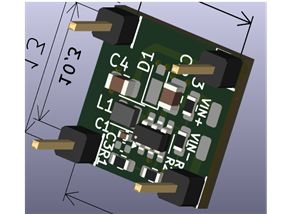
|
Altium DesignerAltium Designer
|
|

|
arduino IDEArduino
|
|

|
FreeCad |
Open IoT Nixie Platform
OpenNixie was born with the aim of creating an open project development platform around all types of Nixie Tubes. A platform that condenses the future with the past. The IoT technology with the famous plasma tubes in a miniature and modular design.
OpenNixie is a BLE and Wifi platform for different applications. It was originally designed as a RTC with an Internet connection, but later became a universal platform with many applications. This system is based on the ESP32-WROVER-IE Module, includes a 170V power stage and can be powered and programmed directly through the USB-C connector.
Some of the features that the OpenNixie platform includes are:
- Dimensions are only 30x60mm
- Wifi and BLE connected
- Modular design: it can be used for different Nixie tubes shapes and applications
- USB Type-C for power and programming
- 4 1N-12A + RGB lights as a default Nixie extension board
- 1 general pourpose button for control the platform
- An internal accelerometer to interact with the display
OpenNixie has been designed as a modular platform. This means that the control PCB can be connected to any PCB with Nixie tubes, so the applications are unlimited. At the moment the V2 version has been tested with a base for 4 1N-12A Nixies with RGB LEDs and SPI expansion.
Open IoT Nixie Platform
*PCBWay community is a sharing platform. We are not responsible for any design issues and parameter issues (board thickness, surface finish, etc.) you choose.
- Comments(7)
- Likes(8)
-
 Engineer
Dec 05,2025
Engineer
Dec 05,2025
-
 Igor Orlianskyi
Sep 05,2025
Igor Orlianskyi
Sep 05,2025
-
 Engineer
Oct 22,2023
Engineer
Oct 22,2023
-
 Ian Kirsanov
Sep 29,2023
Ian Kirsanov
Sep 29,2023
-
 Roger Meier
Sep 22,2023
Roger Meier
Sep 22,2023
-
 Andrei Kulakevich
Sep 15,2023
Andrei Kulakevich
Sep 15,2023
-
 Mr. Marsupial
Sep 10,2023
Mr. Marsupial
Sep 10,2023
-
 Nasib Fahim Fernández
Sep 07,2023
Nasib Fahim Fernández
Sep 07,2023
- 3 USER VOTES
- YOUR VOTE 0.00 0.00
- 1
- 2
- 3
- 4
- 5
- 6
- 7
- 8
- 9
- 10
- 1
- 2
- 3
- 4
- 5
- 6
- 7
- 8
- 9
- 10
- 1
- 2
- 3
- 4
- 5
- 6
- 7
- 8
- 9
- 10
- 1
- 2
- 3
- 4
- 5
- 6
- 7
- 8
- 9
- 10

-
9design
-
8usability
-
8creativity
-
7content

-
8design
-
7usability
-
8creativity
-
8content

-
10design
-
10usability
-
10creativity
-
10content
 More by Nasib Fahim Fernández
More by Nasib Fahim Fernández
-
 Open IoT Nixie Platform
OpenNixie was born with the aim of creating an open project development platform around all types of...
Open IoT Nixie Platform
OpenNixie was born with the aim of creating an open project development platform around all types of...
-
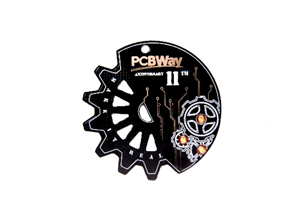 PCBWay 11th Badge Design Contest Nasib Fahim
This badge aims to represent PCBWay’s ability to bring inventors’ ideas to life from all around the ...
PCBWay 11th Badge Design Contest Nasib Fahim
This badge aims to represent PCBWay’s ability to bring inventors’ ideas to life from all around the ...
-
 Open Resin Curing Machine
OpenCuringGithub link: https://github.com/NasCraftsman/OpenCuringDemocratizing manufacturing tools i...
Open Resin Curing Machine
OpenCuringGithub link: https://github.com/NasCraftsman/OpenCuringDemocratizing manufacturing tools i...
-
-
mammoth-3D SLM Voron Toolhead – Manual Drill & Tap Edition
129 0 0 -
-
AEL-2011 Power Supply Module
639 0 2 -
AEL-2011 50W Power Amplifier
557 0 2 -
-
-
Custom Mechanical Keyboard
761 0 0 -
Tester for Touch Screen Digitizer without using microcontroller
389 2 2 -
Audio reactive glow LED wristband/bracelet with NFC / RFID-Tags
357 0 1 -
-
























